|
THE RANCH HOUSE has been a residence for cowboys and the focal point of cattle and sheep enterprises in the Valle de San José from the time of the Carrillos up to the present day. In 1888 former Governor Downey, who had purchased sections of the land grant from the Vicenta Carrillo and eventually John Warner, leased the seventy-seven square mile valley to Walter L. Vail, a cattleman who owned and operated the Empire Ranch in Pima County Arizona, and various ranches in Temecula. In partnership with Carol Gates, they ran the largest cattle business in Southern California through 1913. Yearlings were driven across the desert, leisurely fattened on the abundant grass and water, and after two or three years were driven to Temecula and shipped by rail to Los Angeles for slaughter. Edward Vail in his 1891 diary recounted the many challenges of a cattle drive from Arizona to California.
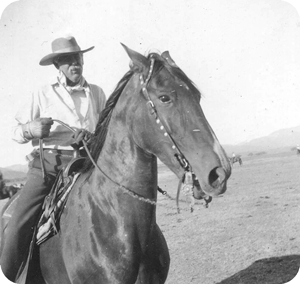 |
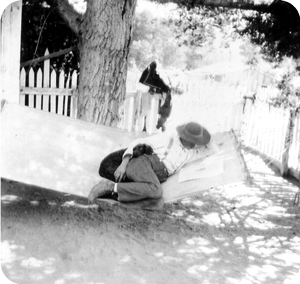 |
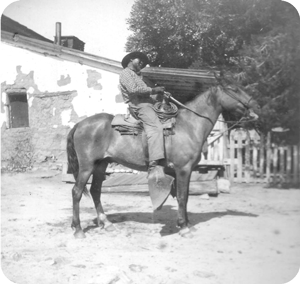 |
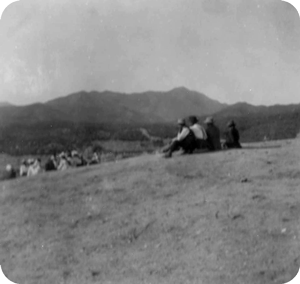 |
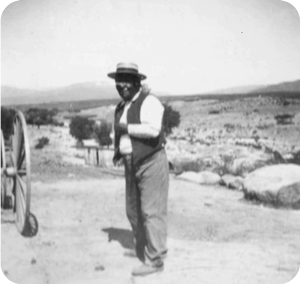 |
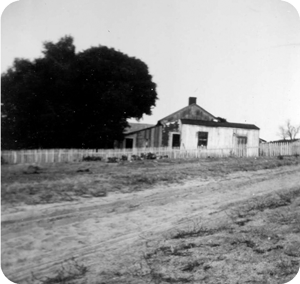 |
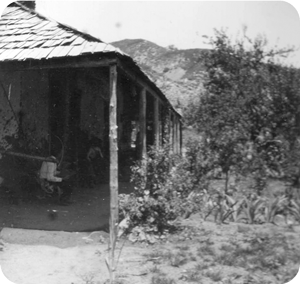 |
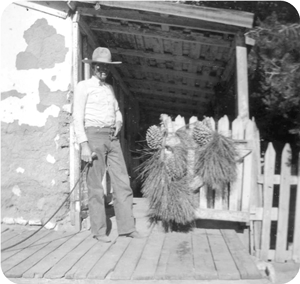 |
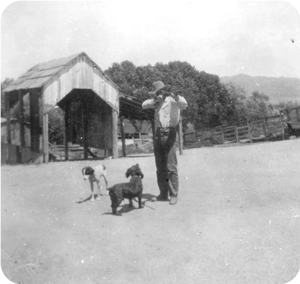 |
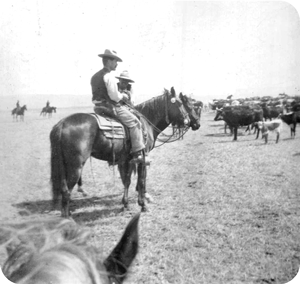 |
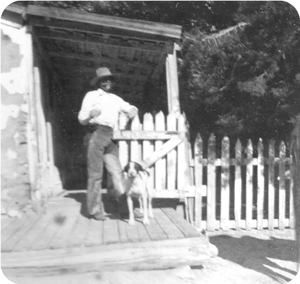 |
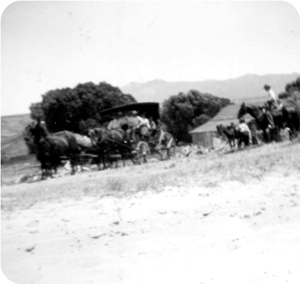 |
Most of the cowboys from 1888 until 1894 like James Walsh, William Carpenter, and James Knight were single men, but in 1894 Samuel B. Taylor, a valley resident since the 1880s, and his wife Mary Helm Taylor moved into the ranch house to manage the Vail cattle. Both California natives they brought their eight children into the world at the ranch house and their great-great-grandson Drew Smith is the ranch foreman today residing in the nearby 1930s residence built to accommodate other cowboys. Art Fann, a famous Imperial County cowboy, recently retired as the cattle foreman after many years. Many descendants of the Taylors still live in the Warner Springs valley today.
After Walter Vail's death in 1911, George Sawday of Witch Creek, near Santa Ysabel, secured the lease, which remained in his family until 1960. Born in Julian in 1876, Sawday owned and operated the largest cattle enterprise in Southern California. The Sawday descendants still live in the home he built by the side of Highway 76 today. Born in Ranchita in 1891, foreman Ed Grand lived in the ranch house until 1935, along with a multitude of cowboys who assisted him, as the ranch house also served as a boarding facility. Nephews Charles and George Sawday resided there as teenagers during summers and weekends assisting with the round-ups. Career cowboys Zeb and Gib Reed, Charley Ponchetti, Harold Smith, and others lived there year round. Ponchetti's wallet was found beneath the floorboards, which contained the photos at the right. George Sawday often lunched at the ranch house and conducted business there.
Noted celebrities like Will Rogers and John Wayne, visitors to Warner Hot Springs Resort and captivated by life in the "Wild West," spent some time with the cowboys at the ranch house in the 1930s and 1940s. Wayne exchanged hats with George Sawday and wore it in various Western films such as "She Wore a Yellow Ribbon." Sawday said that if Will Rogers had not died, he would have bought the ranch.
After Grand's relocation to Campo in 1935, Sawday's son-in-law Hans Starr managed the ranch from Witch Creek while cowboys who conducted the day-to-day operations continued to live in the ranch house until 1960 when it passed into the hands of the Vista Irrigation District. This humble 1857 adobe represents more than an aged dwelling, it provides the history of life through the eyes of a myriad of individuals from a variety of backgrounds and countries who, during grand and tumultuous times, from mid-nineteenth century through the twentieth century called this place home.
Information excerpted from "The Ranch House at Warner's" by Kathleen Flanigan, which appeared in the Journal of San Diego History, Fall 1996, Volume 42, Number 4
|













